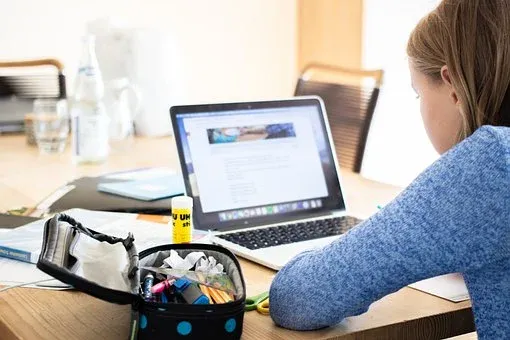
Over the years, many online courses were simply adaptations of classroom materials and approaches for use in an online setting. You've constructed a course by assigning the reading, adding a video lecture (or, worse, a text lecture), asking some discussion questions to be addressed in an specific order and finishing with a multiple-choice evaluation.
This is beginning to change, but far too many programs still follow this approach.
To accomplish this properly, you are required to out in a lot of hard work and knowledge, as there is a lot more you can and should expect from online learning experiences.
Prioritize your students
All online learning should be centered on the student. It's customary to build a course from the ground up, with a subject matter expert determining what the learner needs to know and then creating material to convey that knowledge.
However, traditional higher education models frequently fail to consider learning from the perspective of the student, asking, "Where is the learner now?" How will they respond to this educational opportunity? What type of experience would be best for them? "How will they put what they've learnt into practice?"
Be aware of learner variability
Because of student variety, what works for one learner may not work for another. Teams of instructional designers can now account for learner variability in ways that were previously impossible.
In the classroom, accommodating student variability can be difficult, but when we attempt to understand variability before building a digital learning experience, we can leverage technology to assist us better align the experience with each learner's requirements, interests, and preferences.
Give your students a hands-on experience
You should employ technology to improve online learning by engaging students with hands-on, project-based techniques that foster community and improve learner engagement, rather than passive, lecture-based learning.
Few people learn well in isolation, and most people learn better when they engage with others.
One of the most important benefits of technology is that it allows individuals to connect across schedules, time zones, and gadgets.
And, in the vast majority of cases, learners enter an event with a specific aim or goal in mind.
Providing opportunity for students to create learning artifacts that are grounded in the actual world promotes learning.
It also increases engagement by making explicit ties to those goals and authentic learning applications.
Assign a variety of responsibilities to your faculty
Beyond lecture delivery and paper grading, online course delivery provides fascinating potential for faculty interaction. Consider the science teacher who can now create interactions in which pupils drag and drop atoms to construct whole molecules.
Or the business professor who can create powerful "what-if" scenarios based on student feedback. Or the music professor who can unveil annotated passages of written music in time with a recorded performance or give students the tools to do so as an activity.
Beyond the classroom, educators can focus on meaningful interactions with students outside of the classroom and be available to answer questions and provide direction. Faculty participation in learning can be more varied and creative using new technology.
Make a strategy for continuous improvement
Developing a plan for improving any online learning project should be one of the first tasks.
Allow for the reality that the first time something is out, it is at its worst. It's critical to have a strategy in place to collect data and prepare for the next edition. Good can evolve into greatness, and greatness can evolve into world-class status.
Online learning, in my opinion, has not yet reached its zenith of achievement. We haven't even come close to meeting our initial goals.
We can finally construct platforms that enable adaptive learning, complicated simulations, and continuous learner assistance now that we know how to build them.
Did you find this article educating and helpful. Drop a comment in the comment section if you did.